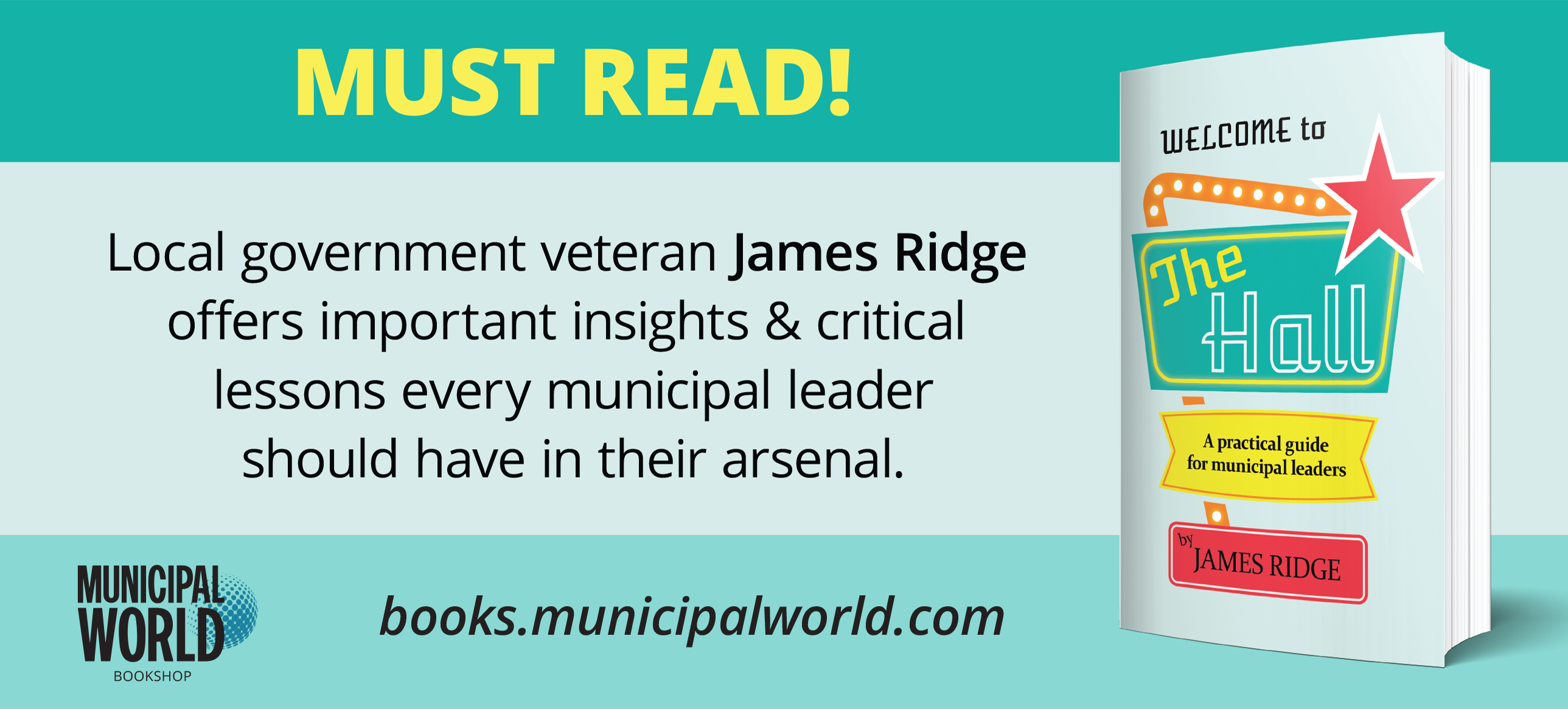Making the most of a moment

Powerful digital social communications are helping an Alberta town build its citizen engagement
What’s the value of a minute? In internet terms, a minute is staggering: almost 4 million Google queries, 18 million text messages, and 187 million emails worth of information changes hands … and that’s to say nothing of social media. Because so much is happening right now, the concept of a micro-moment has developed: a person is going to turn to a device at hand to act on a need – to know, to do, to buy something; and, because of the ubiquity of technology, they are able to do it any time of day from anywhere.
So, what does that mean for municipalities? It means that the status quo probably isn’t enough. People will reach to a device to learn something, and they want what they want right away. In these moments, it isn’t enough for local government to just be there, they have to be useful and accountable as well – or else they’ll get left behind.
It was this mindset that framed the basis of Beaumont, Alberta’s digital upgrade – and the topic of Shiva Kumar Shunmugam’s recent presentation at the Municipal Communications Conference in Toronto. He shared important lessons about how to develop an online presence to enhance citizen engagement, using the town’s story as a guide.
A Changing Framework
To take advantage of this changing philosophy, there needs to be a complete change in thought process: first and foremost, staff have to remember that it’s not about them, it’s about the citizens. That means that engagement has to be done through a variety of channels, with the goal of getting as many people as possible engaging, and giving them what they want. It means a new model for communicating, focusing on going beyond a press release on the website or a simple social media push – it’s about content as a service. It’s about one message, pushed out through as many communication channels as possible to connect with as many people as possible.
Web presence is absolutely vital – it often represents one of the first touchpoints that a citizen has with a municipality. The presentation focused on two things: building responsive design, and being informed by analytics. Are people able to do things, and do them quickly and easily? Make the things that people use on a day-to-day basis front and centre. Don’t hide information in a maze – it should take less than four clicks to get any piece of information that someone is looking for. Wherever possible, self-serve options should be available. And, importantly, consider what happens when or if someone gets stuck.
These are all issues that the town kept front of mind when developing a new online presence. They focused on the analytics, developing metrics that they felt were important for them, and designing the site around that. By building a strong web presence, they were able to provide a solid foundation for other engagement efforts.
Improving Quality of Life
Every community wants to improve quality of life for residents – and technology is a great enabler for that. It’s the reason why movements like smart cities exist. Beaumont took the time to explore improvement from a number of different perspectives and came up with a number of solutions, just some of which are outlined below.
Digitizing forms – This is a case where it was a win-win for citizens and staff. Paper forms frustrated citizens and increased staff time. It was also a case of the 80/20 rule – 80 percent of your time can be saved in 20 percent of your work. The town moved to move form submission online and had great results: they received about 400 online submissions in the first three months for the water and sewer department alone.
Engagement platform – The town launched an online platform that allowed citizens to share their voices on a number of projects. It allowed them to not only let their voice be heard, but also subscribe to projects to keep up to date on what was going on in their community.
Crime Map – Including important policy and neighbourhood development information, this tool was launched as a way of integrating data from the local RCMP and overlaying it onto a map for citizens to see. It allows people to become more engaged and become more informed.
Livestreaming council meetings – In early 2018, the town moved ahead with a new idea, and was streaming council meetings. For a relatively modest upfront cost and low continued costs, the council is streamed and is integrated with the agenda and minutes so that the videos are timestamped if a citizen can’t watch something live. It’s an idea that is already being shared with other communities, and is a definite way to improve engagement when council meetings might otherwise be sparsely attended.
Improving Social Media
With a young, dynamic, and growing population, Beaumont’s citizens are prime candidates for using social media. And, as is the case in many communities, local social media reflects a number of microgroups. Shunmugam described the town’s initial foray into these groups and how, while they weren’t perceived well initially, the town was slowly able to change the narrative, becoming an “authentic, credible source of information.”
Some of the key suggestions for improving social media use included:
- building a strategy based around SMART (specific, measurable, attainable, relevant, time bound) goals;
- developing a network of supporters/influencers – people who aren’t directly city employees;
- being transparent and not planting comments;
- having a plan, including what happens when something negative happens (also keeping in mind that there is an important distinction between an aggrieved citizen and a troll); and
- following a process of: listen, think, consult, and act.
Getting Staff Buy in
The presentation concluded with a very important message: the transformation will only be as successful as the weakest link or the most reluctant adopter. It means that this transformation has to be planned and communicated well internally. It means that educational opportunities have to be available, because a change of this magnitude is likely to be overwhelming. But, perhaps most importantly, it needs to be made a priority. Shunmugam described it as being a chance manager, not a change manager – because the value and the opportunity is so great. And, in a world where minutes matter, taking the time to do it properly will make a huge difference. MW



